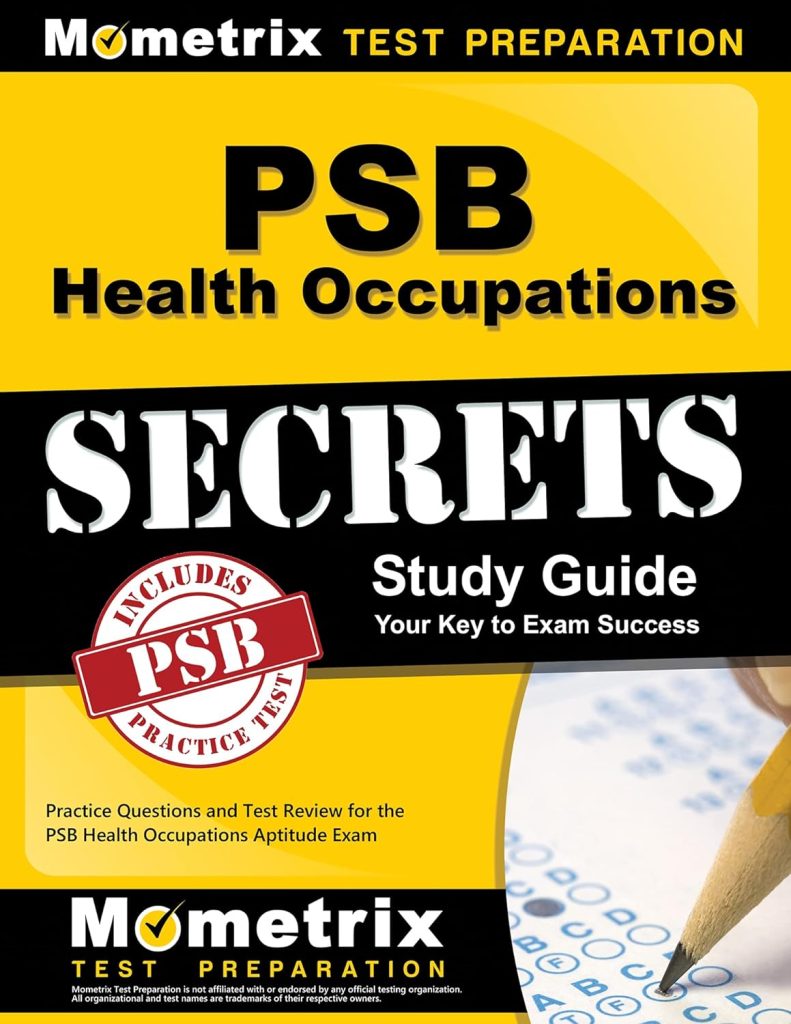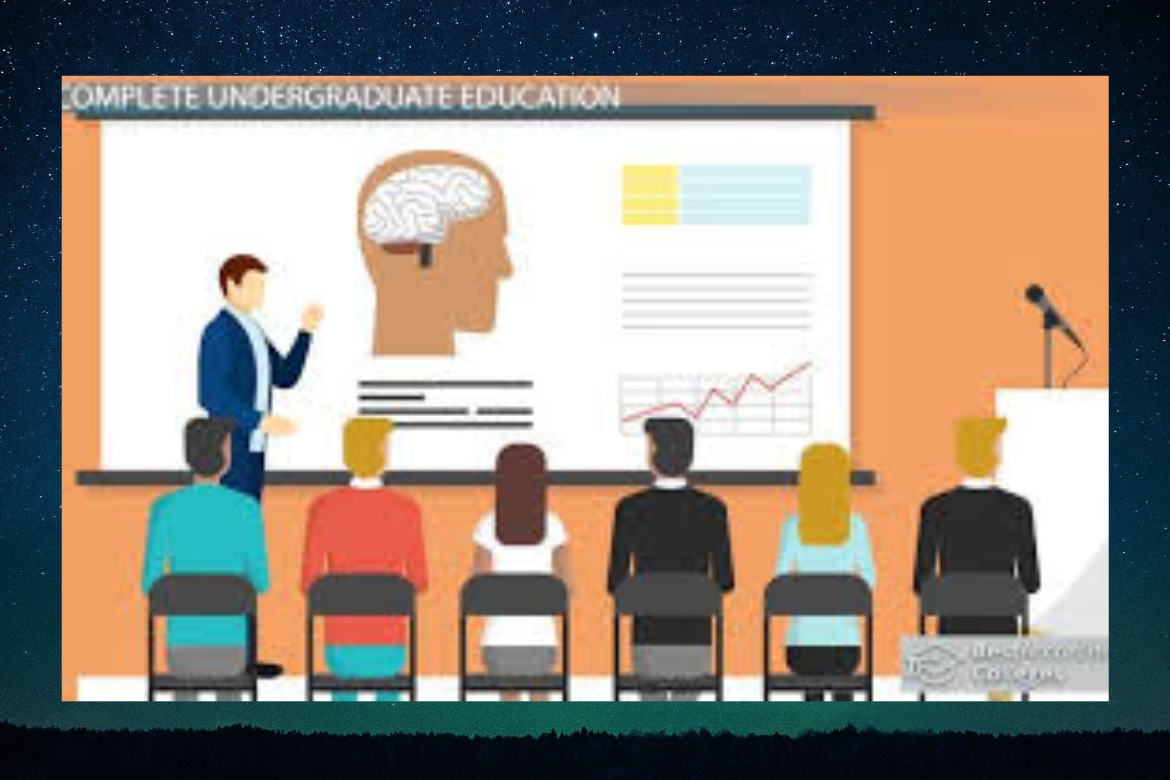Aptitude Test focuses on medical education and its role in research. Medical education is almost uniform and universal with some variation as per the needs of the individual’s country. The ecology of medical education comprises three components, such as a teacher who is the source of knowledge; students who are the receiver of that knowledge; and the environment or the influence of the society. Read more.
What are the three Components of Medical Education?
The three components are the campus of the medical college, the institution, and the university. A polluted society will influence both the teacher and the students, and the resultant outcome will be a poor quality or negative education, whether be it medical education or any form of education.
- What are the three Components of Medical Education?
- The Medical Education For Aptitude Test
- The Universal Nature of Medical Education
- How to Achieve Thorough Knowledge
- The Origin of Diseases and Treatments
- Institutional Role
- How to Bring Positive Changes In Your Aptitude Test
- How and Why To Create a Medical Atmosphere
- Trio-Factors for Aptitude Test Role Of Psychology for Research 3
- Enough Facilities and Availability of Teaching Materials
- Who can reach his Goal?
- Encountering Disease Manifestation: Aptitude Test Psychology Definition
The Medical Education For Aptitude Test
Medical education is an education of well-advanced, universal, and uniform medical science, the knowledge of which helps us know the human biological system, its problems, and solutions. By universality of medical education, what is meant is that all medical graduates must have a basic internationally balanced, wide-ranging, and equal type of medical education.
The Universal Nature of Medical Education
The universal nature of this education has made it vast and gigantic, which always puts us into confusion and frequent indecision, resulting in partial or incomplete benefit to human society. The student of medicine, therefore, should be prepared to accept the challenges to acquire this vast knowledge with determination, dedication, and hard work. Here the talents might help to some extent.
How to Achieve Thorough Knowledge
But to achieve thorough medical knowledge, only hard work, dedication, and training under the guidance of experienced medical professionals are required. However, because of the geographical differences of each person or nation, the application of medical knowledge must satisfy the requirements of each nation and should have a sort of compactness or comprehensiveness, which should depend on the demography of one’s country or territory.
The Origin of Diseases and Treatments
The origin of diseases very much depends on the geography, environment, and habits of the people. There the ecology of the disease pattern rules very much in all medical problems. The present trend is community-based medical education, where primary health care has been given the top priority. The implementation of this very concept has not yet received the full support and approval of our medical professionals. This is because of the one-track view of our medical professionals, who are mostly clinically oriented to practice medicine. However, it is not necessarily the name of the institution, which makes someone a learned medical professional.
Institutional Role
It is the system or the framework of the institution, which should be set up after long years of accumulative experiences by experienced medical professionals. These are the most needed things in achieving proper medical education and training. Besides, a healthy atmosphere is a dire necessity for imparting healthy, enriched medical education.
Since proper medical education is a continuing process; this, therefore, should include organized refresher courses, workshops, orientation courses, short-term training courses, long-term courses of instruction, and research, leading to diplomas, degrees, M. Phil, Ph. D, and also education through exchange programs with different institutions, colleges, universities of other places and countries to have better exposure. These are must for transferring improved medical techniques and technology.
How to Bring Positive Changes In Your Aptitude Test
Like all other education, medical education should follow the correct steps required to bring substantial, changes in human behavior. Such changes take place in stages; the stage of awareness, the stage of motivation, the stage of actions, the trial, the evaluation, and finally the adoption or acceptance of new ideas. All these stages are not rigid. They may overlap or simply they may not even be followed at all by some individuals in adopting new ideas.
How and Why To Create a Medical Atmosphere
It is necessary to create a healthy atmosphere within the medical institutions for imparting proper medical education. How can we create such a healthy atmosphere within the medical campus? We all know for sure that it is easy to say something but very difficult to do it or implement it. With the present set-up of medical institutions in our country, it is rather a bit difficult until an atmosphere of cordiality is established between the three components, such as the teachers, the medical students, and the society. These three components can be compared with the ecology of the disease.
Trio-Factors for Aptitude Test Role Of Psychology for Research 3
In the case of medical education, the source of knowledge is the teacher, the students are the recipients, and the third most important factor is social influence. The influence of society can either create a good atmosphere for proper medical education or can vitiate the whole atmosphere and ruin the objective, gainful medical education. The influences of the society, its actions, interactions and reactions, etc.; all have a direct impact on the students, the recipients.
Similarly, the roles of medical teachers are also an important factor in the delivery of proper medical education. The primary objective of the teachers would be imparting knowledge and skills to the students. This means that a lot of teachers’ time is devoted to teaching commitments; leaving behind their gainful professional practices.
Enough Facilities and Availability of Teaching Materials
Besides, there must be enough facilities and availability of teaching materials, such as books, journals, research, periodicals, etc.; and modern information like computer and internet technology and research facilities within institutions. This will keep the teachers and students engaged and fully occupied in extending the domain of medical knowledge. The more the teachers and students are engaged in academic activity, the less the chances of influences of society.
Who can reach his Goal?
A medical student with dedication would be able to acquire a medical education of good standard. But this will not guarantee him to become a well-liked medical professional in society. There is something else also required besides medical knowledge. To achieve this extra knowledge, each medical student or doctor would have to be a well-balanced psychologist and should preferably know a lot of human psychology. A medical student or a doctor must accept psychologically the hard realities of medical education. There is no short-cut route in medical education. Brilliant students should not be admitted into medical education until or unless they are dedicated to their responsibilities.
Why are Brilliance and Aptitude Tests Required for an Aptitude Test Psychology Definition?

For all prospective candidates for medical education, both brilliance and aptitude tests for admission are mandatory. In the medical profession, the moral code and conduct both have a greater role to play. So psychologically, a student of medicine has to accept this hard reality. Besides, there are other codes of conduct such as medical ethics, and the Hippocratic Oath. All these factors are to be counted to achieve real medical education. The ultimate objective of our medical education would be to produce efficient doctors for society. A doctor’s job, after all, is not only to treat the disease alone but also to treat the patient as a whole.
Encountering Disease Manifestation: Aptitude Test Psychology Definition
The word disease means not at ease. It is a morbid state, a sort of maladjustment of the human body to its environment, and associated with psychological dysfunction and specific disease manifestations. The illness is a subjective state of un-wellness and it indicates an individual’s perception and behavior in response to illness or disease and the impact of that disease on the psychological state of that patient. The sickness simply states the patient’s social dysfunction.


